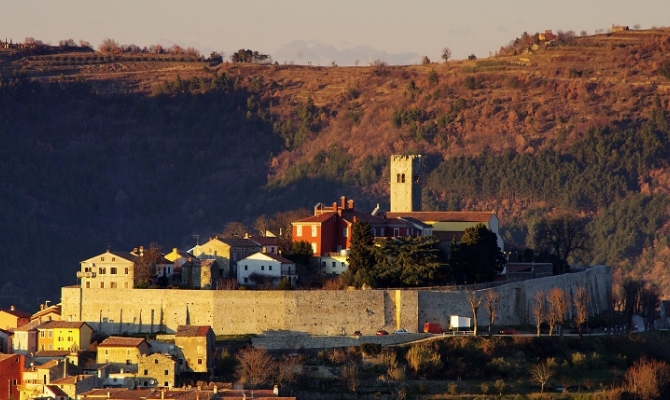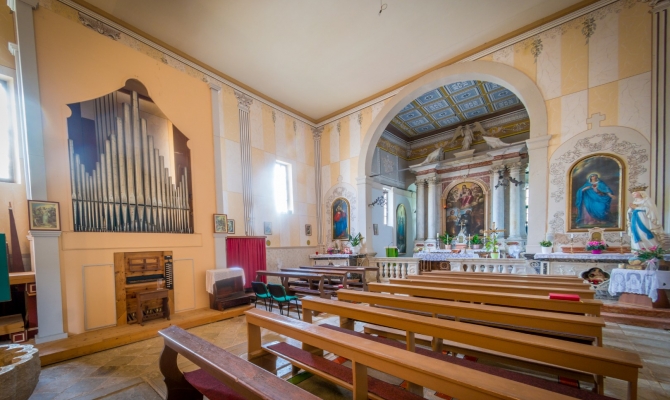Famous personalities
Mario Andretti
Champion race driver Mario Gabriele Andretti was born in Motovun on 28 February 1940. After World War II he moved to Italy and in 1964 he obtained American citizenship. He won the Cart-Champcar Car Series in 1965, 1966, 1969 and 1984; and in 1969 he also won the Indianapolis 500. He became Formula One champion in 1978 driving a Lotus-Ford F1 racing car.
Andrea Antico da Montona
Composer, publisher, editor and printer Andrea Antico was born in Motovun in c. 1480 and died in Venice after 1540. Andrea spent most of his life in Venice and Rome, where he proved successful in many fields. History records him as the oldest known composer of the modern-day Slavic world to have his compositions printed.
Josef Ressel
Josef Ressel, a forester and inventor, was born on 29 June 1793 in Chrudim, Czech Republic, and died on 9 October 1857 in Ljubljana. He lived and worked in Motovun from 1835 to 1843. He gained fame for having conducted the first successful tests of the ship propeller. In addition to the ship propeller, he left about thirty other inventions in various fields of technology. He played an important role in the Austrian Navy as a forester in charge of securing a supply of quality wood from the Forest of Motovun to be used in shipbuilding.
Vladimir Nazor
Vladimir Nazor (1876 – 1949) made Motovun famous by his allegoric tale "Veli Jože" (Big Joe). The book was published in 1908 and soon became so popular that the giant Veli Jože became and has remained the symbol of Motovun.
Miroslav Šutej
One of the greatest Croatian visual artists of the second half of the 20th century, he was living in his house in Motovun when he created the Croatian coat of arms and flag in 1990.






.JPG)
.JPG)
_(2).JPG)

.JPG)
.JPG)
_(Large).JPG)
.JPG)

.JPG)
.JPG)
.JPG)
.JPG)
.JPG)
.JPG)
.JPG)




